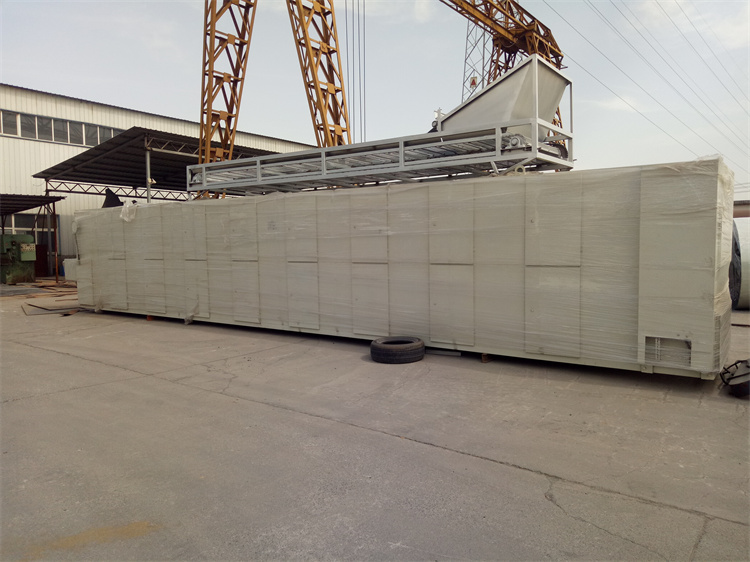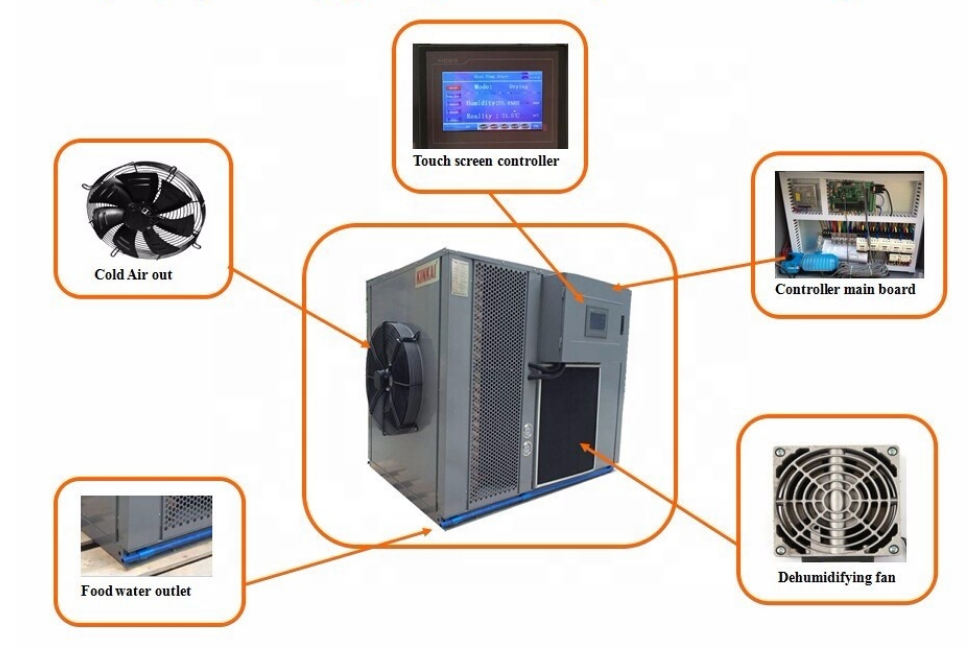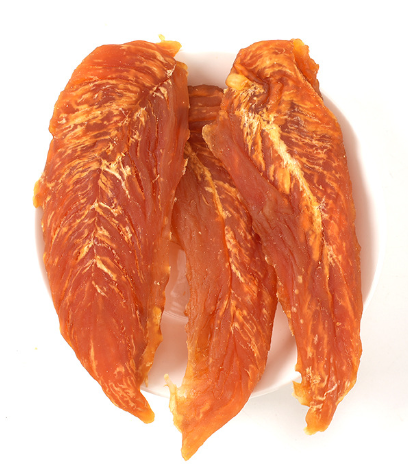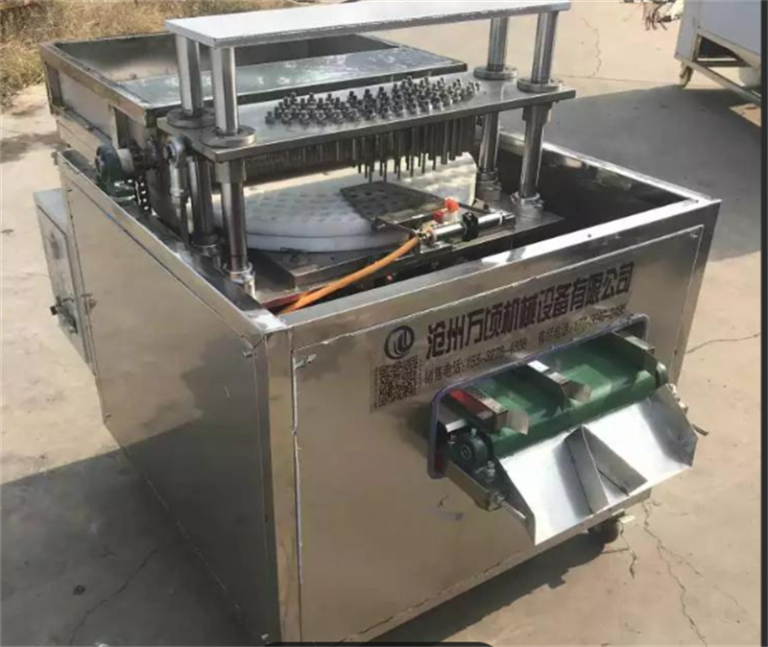Table of Contents
Innovations in Durian Drying Equipment: Enhancing Efficiency and Quality
The advancements in agricultural technology have significantly enhanced the methods used for drying fruits, notably with innovations in durian drying equipment and apricot dryer dehydrators. These developments have become crucial in optimizing both the efficiency and quality of dried fruit products, addressing the increasing global demand for these nutritious and convenient food items. The integration of advanced technology in the drying process not only improves the output quality but also ensures sustainability and energy efficiency, catering to both consumer preferences and environmental considerations. Durian, often referred to as the “king of fruits,” requires meticulous handling and processing to maintain its unique flavor and nutritional properties. Traditional drying methods often fall short in preserving these essential qualities, leading to the need for more sophisticated durian drying equipment. Modern equipment utilizes precise temperature and humidity controls to create optimal drying conditions. These controls are critical because durian has a high moisture content, and improper drying can result in spoilage or loss of flavor. Advanced sensors and automated systems in contemporary drying equipment ensure that the process is consistently monitored and adjusted, leading to a higher quality dried product that retains the fruit’s characteristic taste and nutritional value. In parallel, apricot dryer dehydrators have also seen significant technological improvements. Apricots, like durians, are delicate and require careful drying to preserve their texture, flavor, and nutrients. The latest dehydrators incorporate features such as programmable drying cycles, efficient air circulation systems, and energy-efficient designs. Programmable drying cycles allow for precise control over drying times and temperatures, ensuring that apricots are dried uniformly and thoroughly. Efficient air circulation systems enhance the drying process by distributing heat evenly, preventing hotspots and ensuring consistent drying across all batches. Furthermore, energy-efficient designs reduce the environmental impact of the drying process, aligning with the growing emphasis on sustainable agricultural practices.
These innovations are not only beneficial for maintaining the quality of the dried fruits but also for the overall productivity of the drying process. By reducing drying times and minimizing energy consumption, modern durian drying equipment and apricot dryer dehydrators contribute to cost savings for producers. These savings can be passed on to consumers, making dried fruits more affordable and accessible. Additionally, the enhanced efficiency allows producers to meet the rising demand for dried fruits more effectively, expanding their market reach and competitiveness.
In parallel, apricot dryer dehydrators have also seen significant technological improvements. Apricots, like durians, are delicate and require careful drying to preserve their texture, flavor, and nutrients. The latest dehydrators incorporate features such as programmable drying cycles, efficient air circulation systems, and energy-efficient designs. Programmable drying cycles allow for precise control over drying times and temperatures, ensuring that apricots are dried uniformly and thoroughly. Efficient air circulation systems enhance the drying process by distributing heat evenly, preventing hotspots and ensuring consistent drying across all batches. Furthermore, energy-efficient designs reduce the environmental impact of the drying process, aligning with the growing emphasis on sustainable agricultural practices.
These innovations are not only beneficial for maintaining the quality of the dried fruits but also for the overall productivity of the drying process. By reducing drying times and minimizing energy consumption, modern durian drying equipment and apricot dryer dehydrators contribute to cost savings for producers. These savings can be passed on to consumers, making dried fruits more affordable and accessible. Additionally, the enhanced efficiency allows producers to meet the rising demand for dried fruits more effectively, expanding their market reach and competitiveness.
 Moreover, the technological advancements in drying equipment have opened up new possibilities for value-added products. High-quality dried durian and apricots can be used in various culinary applications, from snacks and desserts to gourmet cooking ingredients. This versatility further drives the demand for advanced drying technologies, as producers seek to diversify their product offerings and tap into new market segments.
In conclusion, the continuous innovations in durian drying equipment and apricot dryer dehydrators have revolutionized the fruit drying industry. These advancements not only enhance the efficiency and quality of dried fruits but also promote sustainable and cost-effective production practices. As technology continues to evolve, we can expect even more sophisticated solutions that will further improve the drying process, ensuring that consumers can enjoy high-quality dried fruits that are both delicious and nutritious. The integration of cutting-edge technology in agricultural processes represents a significant step forward in meeting the growing global demand for dried fruits while supporting sustainable and efficient production methods.
Moreover, the technological advancements in drying equipment have opened up new possibilities for value-added products. High-quality dried durian and apricots can be used in various culinary applications, from snacks and desserts to gourmet cooking ingredients. This versatility further drives the demand for advanced drying technologies, as producers seek to diversify their product offerings and tap into new market segments.
In conclusion, the continuous innovations in durian drying equipment and apricot dryer dehydrators have revolutionized the fruit drying industry. These advancements not only enhance the efficiency and quality of dried fruits but also promote sustainable and cost-effective production practices. As technology continues to evolve, we can expect even more sophisticated solutions that will further improve the drying process, ensuring that consumers can enjoy high-quality dried fruits that are both delicious and nutritious. The integration of cutting-edge technology in agricultural processes represents a significant step forward in meeting the growing global demand for dried fruits while supporting sustainable and efficient production methods.Choosing the Right Apricot Dryer Dehydrator: Key Features and Benefits
When selecting an apricot dryer dehydrator, it is crucial to consider various key features and benefits to ensure optimal drying performance and quality. The right equipment not only preserves the nutritional value and flavor of apricots but also enhances efficiency and cost-effectiveness in the dehydration process. A thorough understanding of these factors aids in making an informed decision, ultimately leading to improved product quality and operational success. First and foremost, the drying capacity of the dehydrator is a fundamental aspect to evaluate. Depending on the scale of production, one must choose a model that can handle the desired quantity of apricots. Commercial operations may require large-scale dehydrators with high throughput capabilities, whereas smaller operations might benefit from compact, portable units. Assessing the volume of apricots to be processed and the frequency of drying cycles helps in determining the appropriate capacity. Equally important is the type of heating mechanism employed in the dehydrator. Common methods include electric, gas, and solar heating. Electric dehydrators are widely preferred due to their consistent temperature control and ease of use. Gas dryers, on the other hand, can be more economical in regions where gas is cheaper than electricity. Solar dehydrators, while environmentally friendly and cost-effective in the long run, depend heavily on weather conditions and may not be suitable for all locations. Each heating mechanism has its advantages and limitations, necessitating a careful evaluation based on specific operational needs and local conditions.

